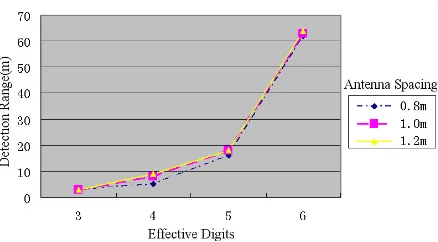Simulation of Single target Three dimensional Localization Using Multi channel Antenna Arrays
Full text
Figure




Related documents
To test whether developmental abnormalities associated with teratoma susceptibility are caused by defects in male germ cell sex specification, we examined expression of
Diets of women and children aged < 5 years by increasing caregiver knowledge on nutritious foods, influencing food purchase and production decisions, benefitting both
The purpose of this paper is to present empirical data on how the variation in regulating clinical research and patient care is perceived in Finland. We studied i) whether
The duration of the stay, potential life-threatening conditions (PTLC), critical interventions, organ dysfunctions, mode of delivery, treatment for PPH,
Figure 7.24: Spatial distribution of estimated Iodine for different numbers of energy bins used to resample the energy
Figure 4.5: COMSOL simulation results of Design 1 showing the tilting of the micromirror surface for an applied bias voltage where one end of the micromirror surface moves upward
We conducted a bibliometric analysis across a relatively large and representative sample of articles published in the past 15 years (between 2002 and 2016) in journals that met
swsn-2.2 ( ok3161 ) mutants present similar phenotypes (adults that produce dead embryos at an early stage display- ing chromosomal segregation defects) (Galy et al. 2006),